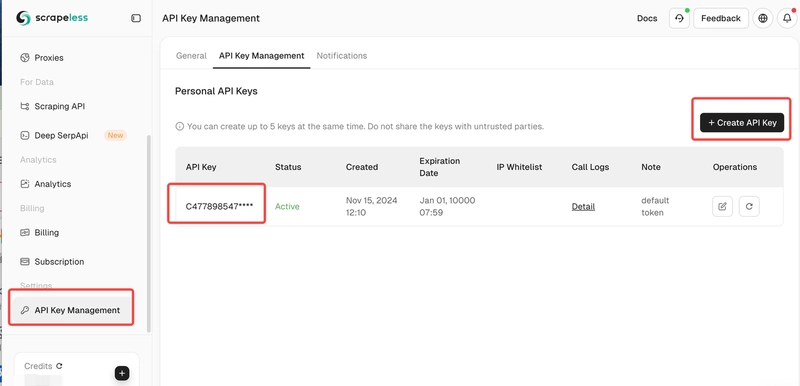Sanity Testing in Software QA: Why It's a Must-Have, Not a Maybe
When you're patching a bug or tweaking a feature, you may not realize it—but you're rolling the dice with your app's stability. Even the tiniest change can introduce bugs elsewhere. That's why sanity testing exists. What is Sanity Testing? Sanity testing is a quick verification process to ensure recent code changes haven’t broken anything important. It’s like saying: “Okay, we made a change. Is it safe to keep testing?” It’s NOT a full regression test. It IS a fast check of impacted areas. It SAVES time when done right. Why You Shouldn’t Skip It Imagine this: You fix a bug that broke discount codes in checkout. After the fix, sanity testing would check: Are discount codes working? Does checkout still function? No new issues, right? If that test fails, why waste time running a full suite? Sanity testing helps avoid that trap. Sanity vs Smoke Testing Aspect Smoke Testing Sanity Testing Scope Broad, system-wide Focused, change-specific Goal Is the build testable? Is the fix working as expected? Timing First test after new build After minor fixes or patches Documentation Scripted Often informal Key Traits Performed after bug fixes or minor changes Targets only the modified or related areas Can be manual or automated (especially in CI/CD) Prevents wasting time on unstable builds When to Perform It After bug fixes After small enhancements or patches Before full regression testing As part of Agile sprints or CI/CD checks Common Mistakes to Avoid Skipping sanity testing altogether Over-testing unrelated features Running it too late in the cycle Not documenting your sanity checks TL;DR Sanity testing is your early warning system. It’s fast, focused, and fundamental for quality assurance. Don’t skip it—embrace it. Let me know if you integrate sanity testing into your QA workflow—or if you're still figuring out how to fit it in. Drop your thoughts below

When you're patching a bug or tweaking a feature, you may not realize it—but you're rolling the dice with your app's stability. Even the tiniest change can introduce bugs elsewhere.
That's why sanity testing exists.
What is Sanity Testing?
Sanity testing is a quick verification process to ensure recent code changes haven’t broken anything important. It’s like saying: “Okay, we made a change. Is it safe to keep testing?”
- It’s NOT a full regression test.
- It IS a fast check of impacted areas.
- It SAVES time when done right.
Why You Shouldn’t Skip It
Imagine this: You fix a bug that broke discount codes in checkout. After the fix, sanity testing would check:
- Are discount codes working?
- Does checkout still function?
- No new issues, right?
If that test fails, why waste time running a full suite? Sanity testing helps avoid that trap.
Sanity vs Smoke Testing
| Aspect | Smoke Testing | Sanity Testing |
|---|---|---|
| Scope | Broad, system-wide | Focused, change-specific |
| Goal | Is the build testable? | Is the fix working as expected? |
| Timing | First test after new build | After minor fixes or patches |
| Documentation | Scripted | Often informal |
Key Traits
- Performed after bug fixes or minor changes
- Targets only the modified or related areas
- Can be manual or automated (especially in CI/CD)
- Prevents wasting time on unstable builds
When to Perform It
- After bug fixes
- After small enhancements or patches
- Before full regression testing
- As part of Agile sprints or CI/CD checks
Common Mistakes to Avoid
- Skipping sanity testing altogether
- Over-testing unrelated features
- Running it too late in the cycle
- Not documenting your sanity checks
TL;DR
Sanity testing is your early warning system.
It’s fast, focused, and fundamental for quality assurance.
Don’t skip it—embrace it.
Let me know if you integrate sanity testing into your QA workflow—or if you're still figuring out how to fit it in. Drop your thoughts below










































































































































































![[The AI Show Episode 142]: ChatGPT’s New Image Generator, Studio Ghibli Craze and Backlash, Gemini 2.5, OpenAI Academy, 4o Updates, Vibe Marketing & xAI Acquires X](https://www.marketingaiinstitute.com/hubfs/ep%20142%20cover.png)



























































































































![[FREE EBOOKS] The Kubernetes Bible, The Ultimate Linux Shell Scripting Guide & Four More Best Selling Titles](https://www.javacodegeeks.com/wp-content/uploads/2012/12/jcg-logo.jpg)



![From drop-out to software architect with Jason Lengstorf [Podcast #167]](https://cdn.hashnode.com/res/hashnode/image/upload/v1743796461357/f3d19cd7-e6f5-4d7c-8bfc-eb974bc8da68.png?#)






































































































.png?#)




.jpg?#)
































_Christophe_Coat_Alamy.jpg?#)







































































































![Rapidus in Talks With Apple as It Accelerates Toward 2nm Chip Production [Report]](https://www.iclarified.com/images/news/96937/96937/96937-640.jpg)









































































































































